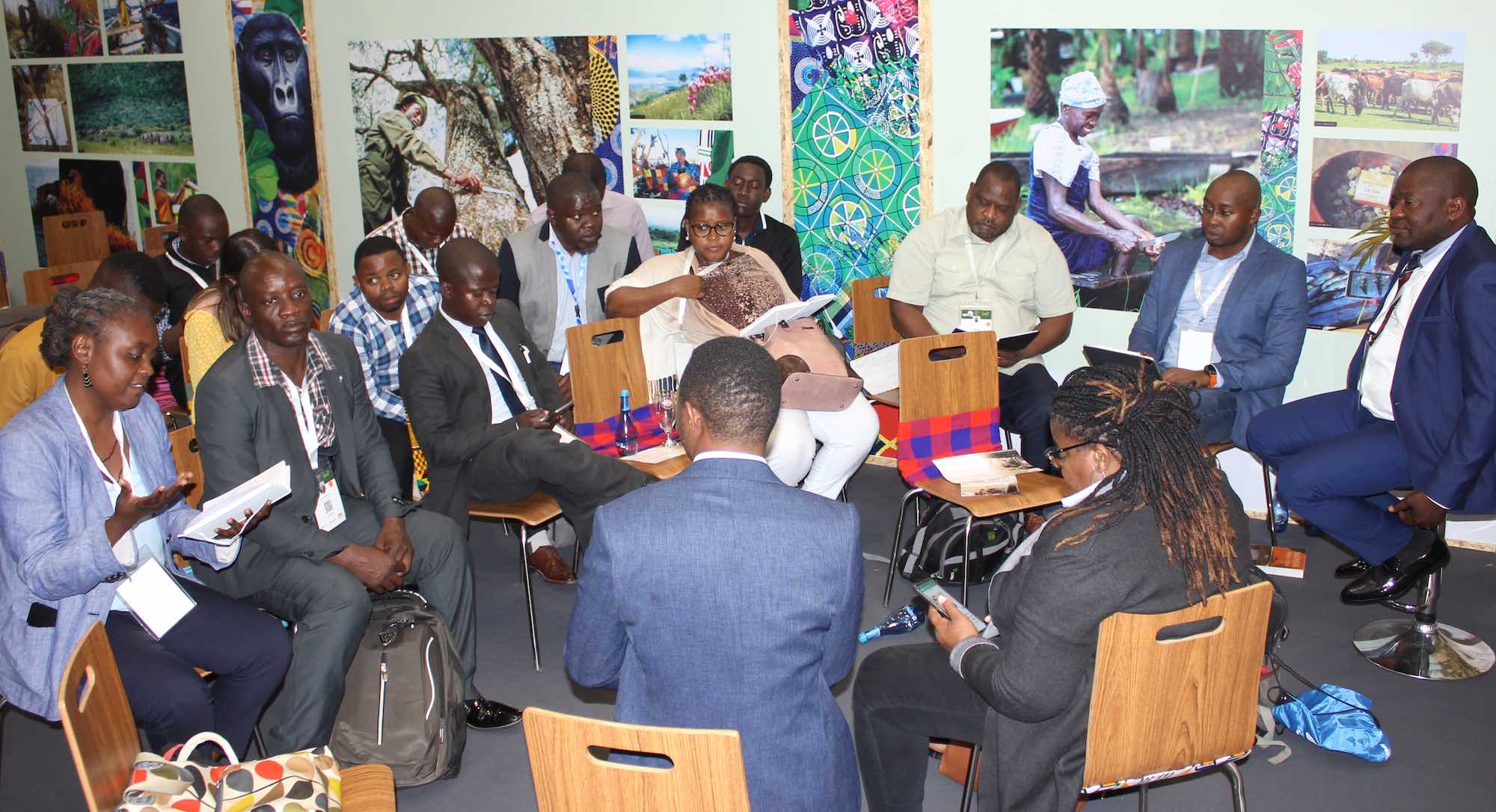Community-Based Natural Resource Management:
Grassroots governance
Respecting rights, promoting good governance
The application of CBNRM involves community-based organisations (CBOs) that are governed democratically and transparently. These institutions and these principles are critical for negotiating with external stakeholders and defending the rights of local communities to benefit from the sustainable use of their resources. Elected committees of trusted community members and traditional authorities guide the organisation, while office and field staff carry out day-to-day activities on behalf of their communities.
Principles of good governance
While the systems of governance vary somewhat from country to country, good governance systems incorporate most of Elinor Ostrom’s eight principles of sustainable management for the commons:
- Clearly defined boundaries of the group and the land or resources they manage.
- A close match between the rules of resource governance and local conditions.
- Those affected by the rules participate in making the rules.
- Effective monitoring systems involving monitors who are part of or accountable to the community.
- Graduated sanctions against those who do not respect community rules.
- Conflict resolution mechanisms that are cheap and easy to access;
- Minimal recognition of organisational rights granted by external authorities (e.g. government).
- Multiple layers of nested governance responsibility from the lowest level (e.g. one village) through to the system level (e.g. whole ecosystem or country).
Negotiating with private sector investors
In Southern Africa, local CBOs sustain their operations through income generated from wildlife-based land uses, primarily hunting and photographic tourism. The elected committees are tasked with negotiating with these private sector companies to maximise the benefits derived from these operations for their communities. These agreements may stipulate the number of jobs to be created locally, the price charged per bed night (lodge) or animal (hunted) taken, which parts of the community’s land may be used for these activities, and the distribution on non-monetary benefits such as meat or infrastructure.
Equitable benefit distribution
One of the key roles of CBOs is to ensure that benefits arising from wildlife-based land uses are shared equitably within the community. The elected committees propose community projects or individual member benefits to their respective communities at regularly held meetings. In some cases, individual members will receive cash payments, but the funds are often used for projects that have larger social benefits – e.g. buildings for clinics or schools, rural village electrification, pumping clean water, or providing scholarships for higher education.
